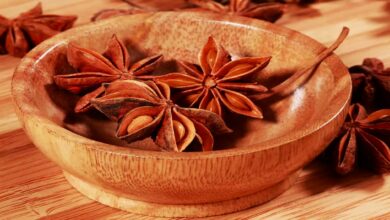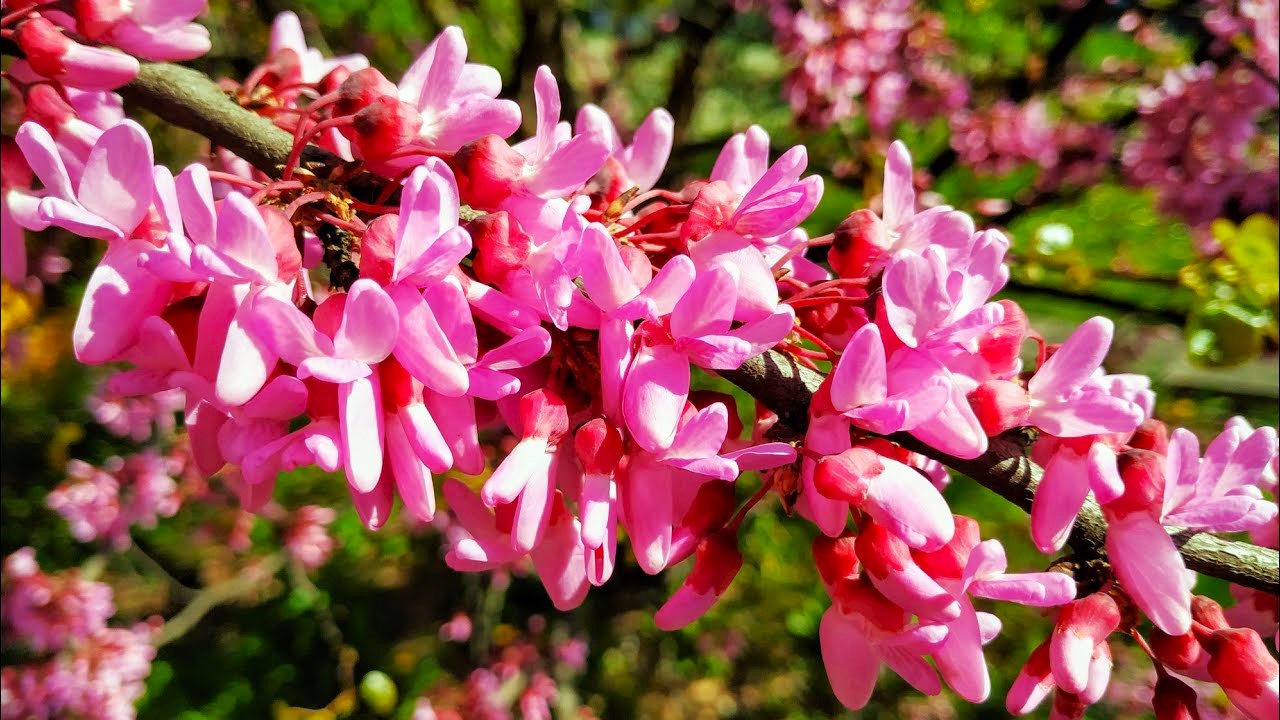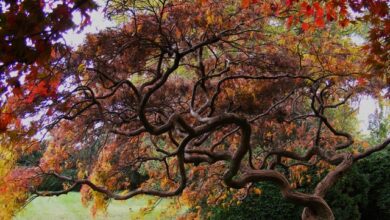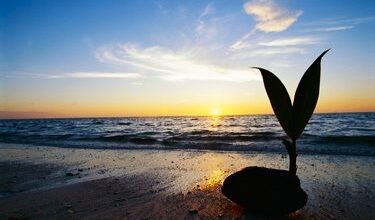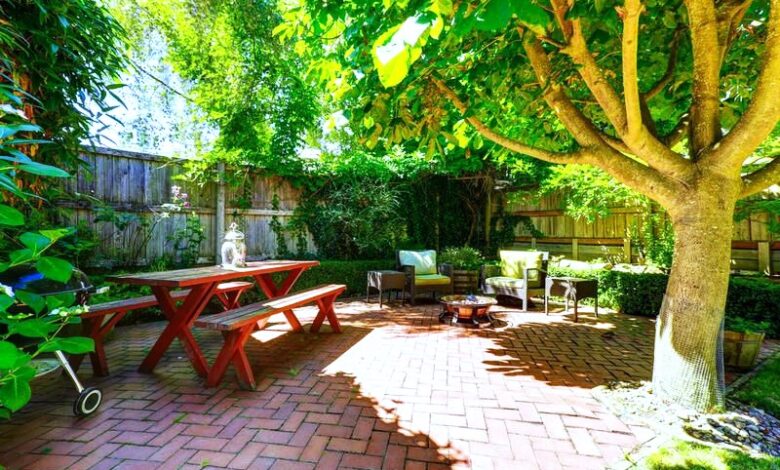
When someone says they want to increase their home’s curb appeal, they usually mean improving the outside of the house. However, it can also mean designing a warm and inviting front yard for your household. By adding natural beauty and shade to your property, adding trees and shrubs can enhance every homecoming.
What trees make the best front yards? We have some fantastic front yard tree ideas for you to think about, even though every landscape and climate is unique.
Top Trees for Front Yards
Every tree has its own beauty and could be ideal in a certain setting. This is why, when selecting wooding ornamentals for your front yard, it’s critical to take your home’s site and setting into account. The best front yard trees are those that suit your family’s needs and are happy in the climate and location that you live in.
However, some species appear to be designed specifically for front yards, providing shade and/or aesthetic appeal in a compact enough package to make them excellent front lawn trees.
These Are Our Top Five Picks
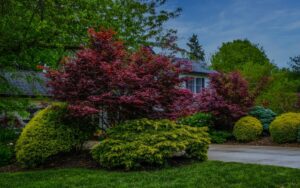
1. Malus spp., flowering crabapple
These small trees are very popular for front lawns due to their small size, low maintenance requirements, and delicate, fragrant spring blossoms. At the start of the season, they often reach their maximum height and width of 20 feet (6.5 meters), with a cloud of pink or white flowers and green or maroon leaves. Some also have tart, tiny fruit that can be left as food for wildlife or used to make jams. USDA zones 4–8 are suitable for flowering crabapples, which need full sun exposure.
2. The Populus tremuloides, or quaking aspen
One of the more exquisite native trees is the quaking aspen, whose leaves seem to sway with every gust of wind. It is a tree to take into consideration for larger front yards and can grow in cooler climates all the way down to USDA zone 1. When its finely toothed leaves turn a brilliant yellow in the autumn, it is a sight to behold. If left to their own ways, quaking aspen trees can grow to be between 20 and 50 feet tall and can even form clumps.
3. Acer palmatum, or Japanese maple
One of the greatest trees for front lawns is without a doubt the lovely Japanese maple, prized for its magnificent leaves. This is due in part to the wide variety of varieties that are available. Japanese maples range in height from 3 feet (1 m) to 24 feet (8 m), with growth patterns varying from mounding to upright to weeping. The majority have softly divided leaves that change to vibrant hues in the fall. USDA zones 5–9 are suitable for them.
4. Ginkgo Biloba, or Maidenhair Tree
Because of their distinctive, fan-shaped leaves that change to a brilliant gold color in the fall, ginkgo trees are very easy to identify. In USDA zones 4 through 9, these medium-sized deciduous shade trees grow slowly to heights of 35 to 50 feet (5.5 to 16.5 meters). To avoid the stinky ginkgo fruit that the females bear, get a male gingko tree. There are lots of cultivars that are only available to men. Consider “Pendula,” an umbrella-shaped ginkgo that reaches a maximum height of 8 feet (2.5 meters), if your front yard is smaller.
5. Dogwood (Cornus florida) in bloom
The native dogwood is a very well-liked tree in bloom. Flowering dogwoods are the ideal size to make fantastic front yard trees, reaching a maximum height of 30 feet (10 meters). And speaking of ornamental! Before the leaves appear in the spring, the branches are covered in magnificent white flowers. In the fall, the leaves take on vibrant hues, and the red berry-like fruit continues into the winter. Choose from hundreds of cultivars the exact size and traits you desire. Most are happy in USDA zones 5 through 9 and prefer shade.
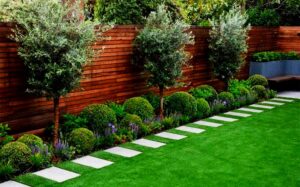
How to Select Your Front Yard’s Ideal Tree
Selecting the ideal tree for your front yard doesn’t require you to “fall in love” with a particular species.
First, familiarize yourself with the site’s conditions, climate, and hardiness zone. Does it receive sunlight? What size tree should be planted in the front lawn on your property?
Will it withstand the pollution in your air or soil? Trees that require more upkeep are best avoided by the majority of homeowners.
How much upkeep is necessary for a tree in the front lawn?
A tree’s maintenance needs vary depending on its species and planting location. When planted in a location suitable for the species, all trees become more vital and require less maintenance.
What qualities of a tree make it unsuitable for the front yard?
A tree is considered unsuitable for the front yard if it is expected to cause issues for the homeowner. For instance, it is not good to have trees with invasive roots, trees that frequently drop fruits, twigs, and debris, smelly fruit, or excessively tall trees.

